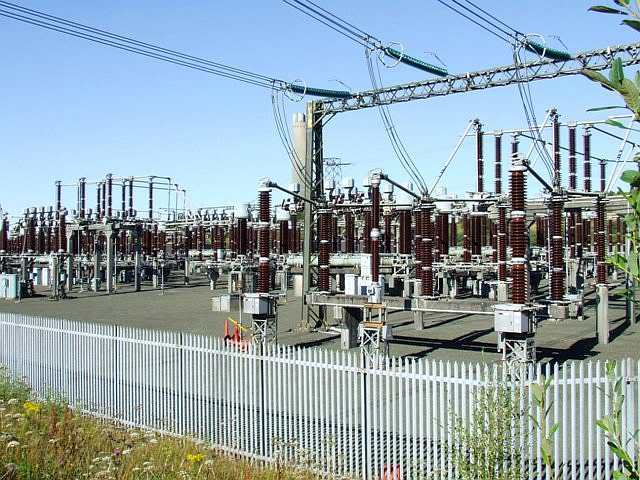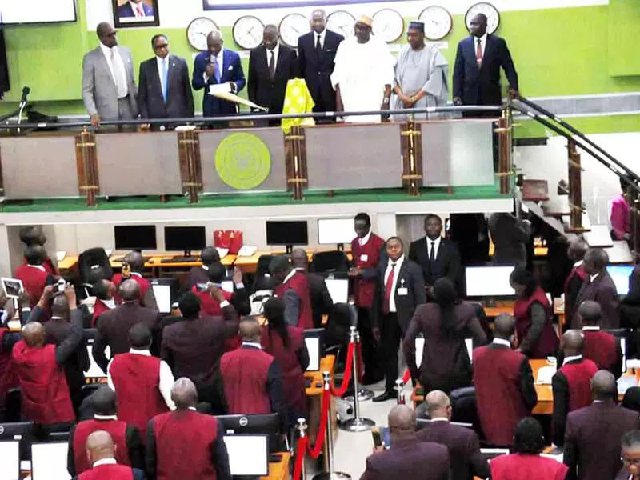German energy firm, Siemens Energy Limited has stated it will upgrade 22 transmission substations in the country, in addition to 11substations to be built under the presidential power initiative (PPI).
PPI is a power upgrade and modernisation deal agreed upon by Nigeria’s Federal Government and Siemens with the backing of the German government.
The Chief Executive Officer of Siemens Energy, Seun Suleiman, stated during a visit by the Executive Secretary of the Nigerian Content Development and Monitoring Board, Simbi Wabote, to Siemens service centre facility in Port Harcourt.
In July 2019, the federal government signed a power project deal (PPI) with Siemens AG with the aim of increasing Nigeria’s electricity generation to 25,000 megawatts (MW) in six years.
READ ALSO: Lawmakers Divided Over Twitter Suspension
The power project is spread across three phases: to grow Nigeria’s operational capacity of the grid from below 5,000MW to 7000MW by 2021; then further grow the capacity to 11,000MW by 2023, and expand total operational generation and national grid capacity to 25,000MW by 2025.
In July last year, President Muhammadu Buhari granted approval for the payment of €15.21 million and N1.708 billion as counterpart funding for the PPI.
The Siemens Energy boss stated that the pre-engineering phase of the project would be done in 10 months.
“The Presidential Power Initiative is going well. We are doing the pre-engineering. Pre-engineering is to design before you go to execution,” Suleiman said.
“We are not adding any generation capacity but we want to make sure that we fix the dilapidated transmission and distribution networks.
“We are doing the pre-engineering for the distribution network of this country. We have already got a letter of credit from the Federal Government to start it.
“The design is done in our head office. For the transmission scope, we were given initially 11 sites; they have added 22 sites.
“Execution is when you go to sites. But in the next three months, we want to start putting the proposal for phase one together, not when we finish the pre-engineering.
“So, if phase one goes into reality before the end of the current administration, it means we would have been able to move from 4,500MW to 7,000MW.”
















